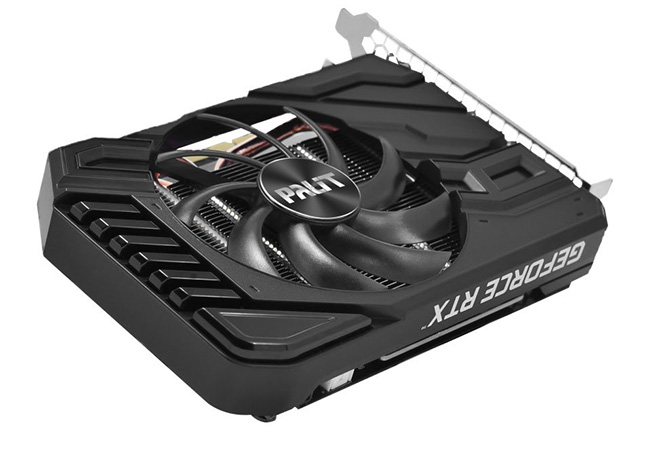Conclusion
Massaging of Turing cores and memory bandwidth leads to performance that's very sound at FHD and decent enough at QHD...GeForce GTX 1660 Ti is an interesting GPU because it is the first Turing-powered version bereft of the RT and Tensor cores that Nvidia has spent so much money and time in promoting. The rationale is that those technologies are only fit for purpose on cards with more innate rasterisation power.
The truth is the next model up, GeForce RTX 2060, is painful for Nvidia to produce because it uses a much larger die and has only enough RT and Tensor cores for basic image-enhancing performance. The GTX 1660 Ti, on the other hand, is purpose-built to hit a lower price point... and maximise profits.
Our feeling is that this card should still have been called the GeForce GTX 2050 or 2060, instead of the confusing GTX 1660 Ti, yet Nvidia has only itself to blame because the current naming convention has backed it into a numerical riddle.
Massaging of Turing cores and memory bandwidth leads to performance that's very sound at FHD and decent enough at QHD, and it's faster than the Radeon RX 580/590 duo from AMD in practically every test. Add to that mix a much lower TDP and you have the makings of a price-to-performance champ at the £250-ish level. GTX 1660 Ti is a solid step up from GTX 1060 and a massive improvement over much older cards like the GTX 960.
But is that level of improvement enough given that GeForce GTX 1060 and arguably faster GTX 1070 are almost three years old? That is, we hazard, the price the consumer pays for a lack of real competition in the gamer-grade PC graphics space. In its defence, Nvidia isn't targetting those folk. Rather, it sees the vast install base still using >GTX 960 as ripe for GTX 1660 Ti investment.
Yet the current issue for Nvidia doesn't stem from rival AMD, unless, of course, you can get a faster Radeon RX Vega 56 on the cheap. Rather, it's the GeForce RTX 2060. You see, spending an extra 20 per cent offers an almost linear increase in rasterisation performance, plus any down-the-line benefits of RT and Tensor cores that, by now, you realise the GTX 1660 Ti does without. RTX 2060 feels like a better futureproofing bet, and it comes with a choice of either Anthem or Battlefield V, which the GTX 1660 Ti does not.
With that in mind, though ample in isolation, entry-level GTX 1660 Ti GPUs, lacking any bundled games, need to start at £230 to make straight-up sense. If such pricing moves do happen in the coming weeks, this new GPU goes from decent to excellent.
Coming back to Palit's card, the £259 asking fee brings to the table a capable card presented in a tidy form factor. Get past the cheap-and-cheerful build and you'll find that it is, in fact, potent enough to play today's GPU-heavy games at high-framerate FHD or QHD60.
Looking for a serious framerate injection if you're still peddling a much older GeForce or Radeon? £250-ish will buy you a well-balanced Turing-infused card that offers a solid games-playing experience for the masses.
Excellent FHD, solid QHD perf
Should be cool and quiet
Enables SFF cards
No bundled game
Palit's card feels cheap
Palit GeForce GTX 1660 Ti StormX
HEXUS.where2buy*
TBC.
HEXUS.right2reply
At HEXUS, we invite the companies whose products we test to comment on our articles. If any company representatives for the products reviewed choose to respond, we'll publish their commentary here verbatim.
*UK-based HEXUS community members are eligible for free delivery and priority customer service through the SCAN.care@HEXUS forum.















